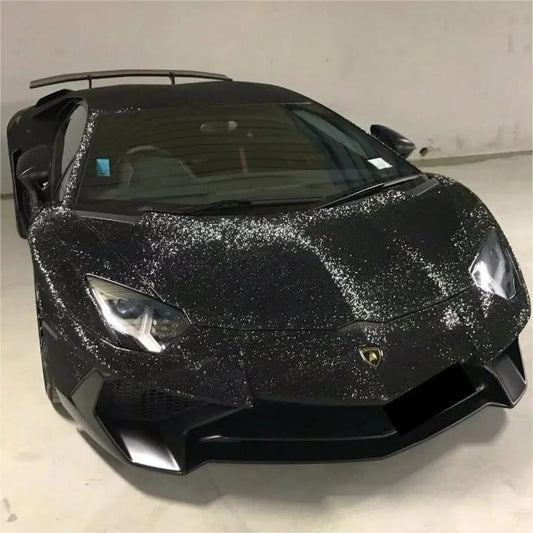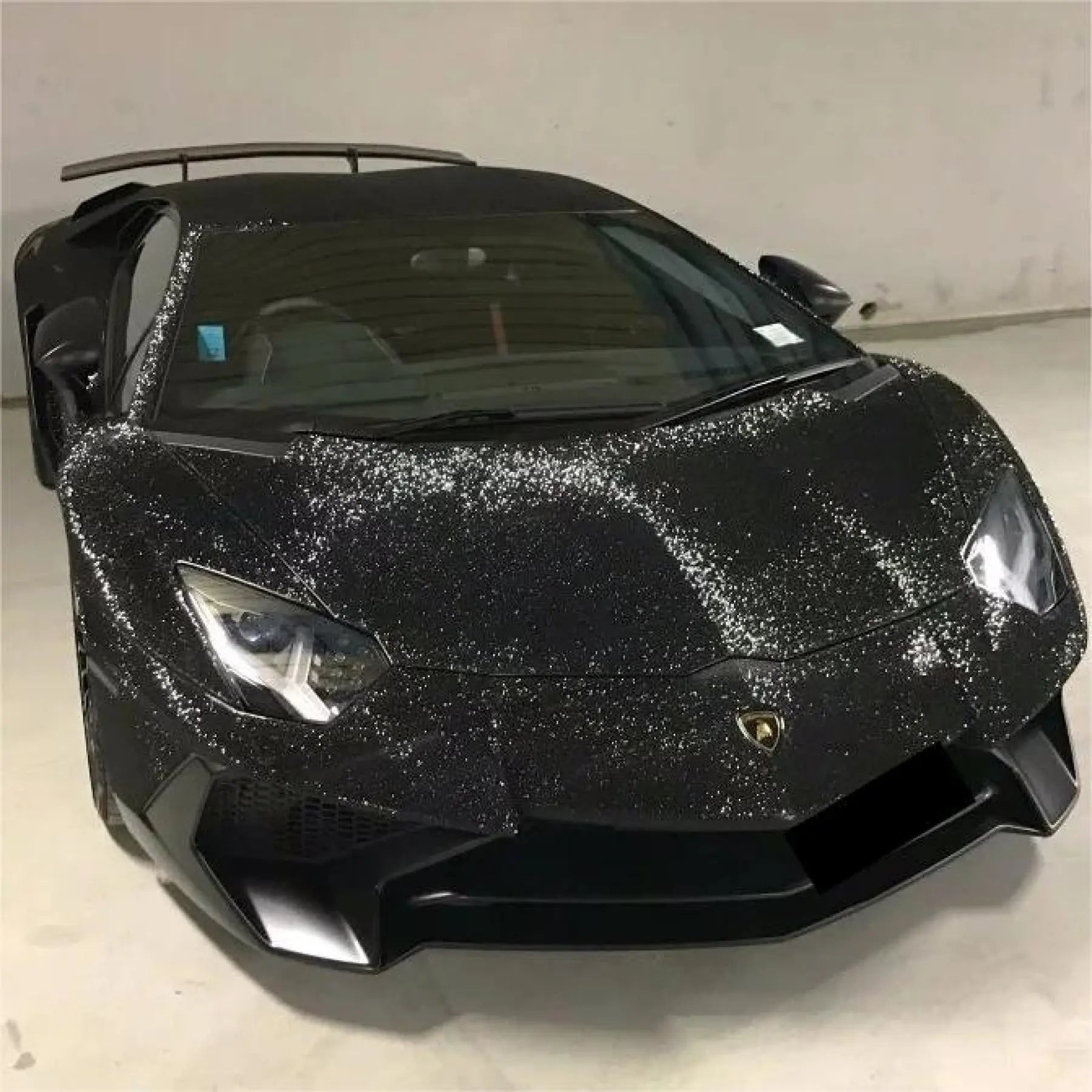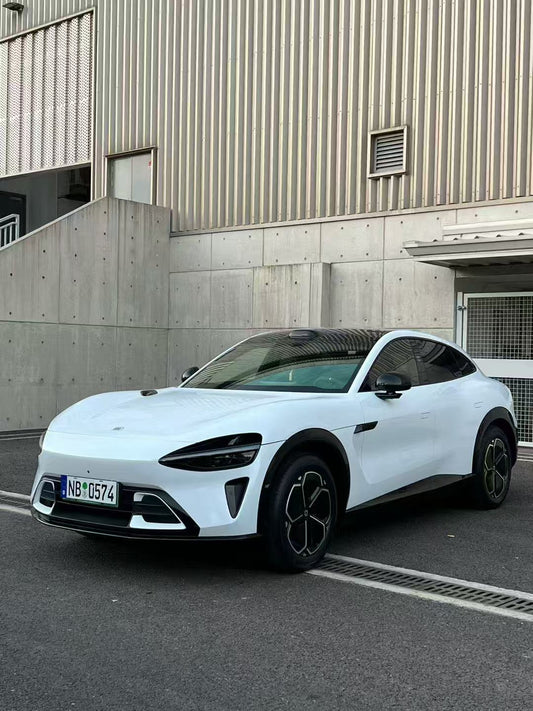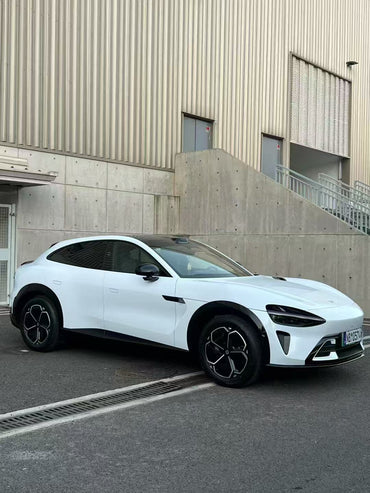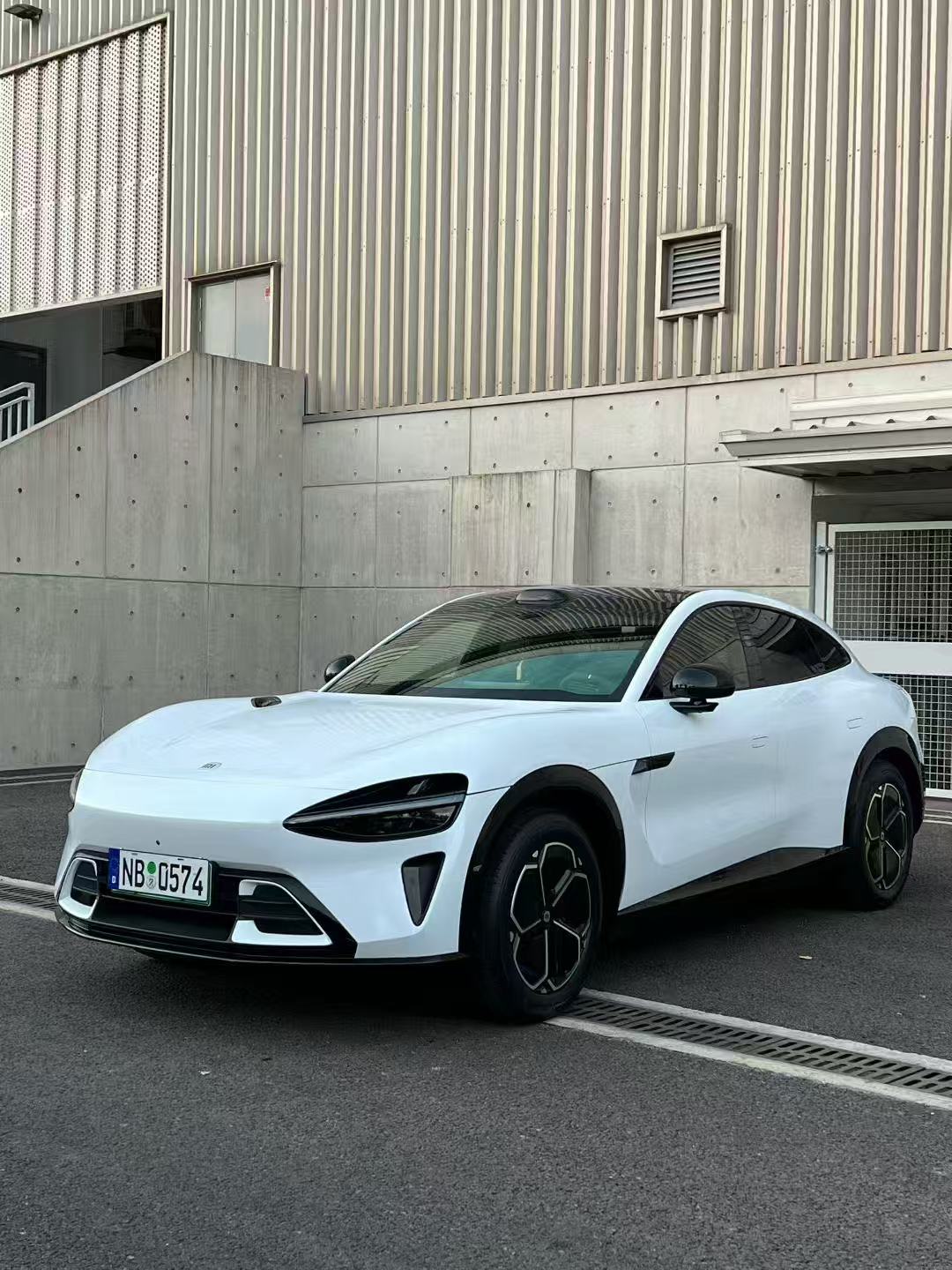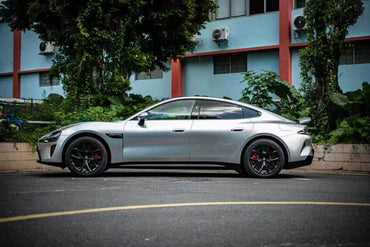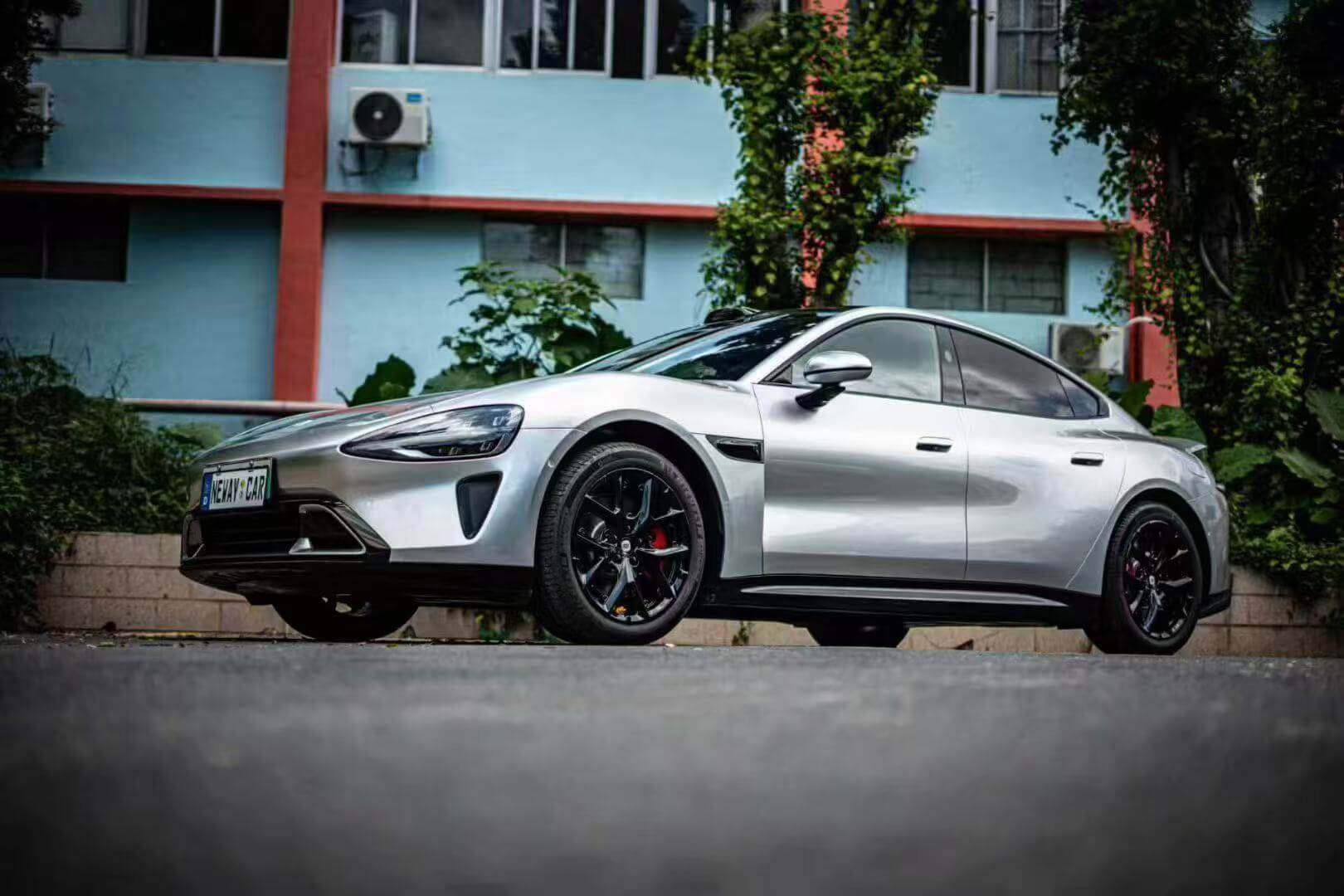Why Surface Preparation is Critical for Car Wrap Success
When it comes to achieving a professional-quality car vinyl wrap installation, proper surface preparation makes the difference between a stunning transformation and a disappointing failure. Surface preparation is of great importance for a vinyl adhesive to work properly. Whether you're installing our premium Rainbow Laser Series or sophisticated Ultra Matte Wraps, the foundation of success lies in meticulous surface preparation.
The Science Behind Vinyl Adhesion
Modern vinyl wraps utilize pressure-sensitive adhesives (PSA) that form both chemical and mechanical bonds with your vehicle's surface. The adhesive forms a molecular bond with the car's surface, and its physical properties allow it to conform to the shape of your vehicle's body. However, this sophisticated bonding process can only occur when the surface meets specific cleanliness and smoothness standards.
Essential Surface Preparation Steps
1. Deep Cleaning Process
Start with a thorough wash using automotive-grade soap without wax additives. We recommend to have the car generally cleaned with car wash soap (avoid using cleaners with waxes). Follow these detailed steps:
Initial Wash:
- Use pH-neutral automotive soap
- Work from top to bottom in straight lines
- Pay special attention to panel gaps and crevices
- Rinse thoroughly with clean water
Contaminant Removal:
- Apply clay bar treatment to remove embedded contaminants
- Focus on areas that feel rough to the touch
- Work in small sections with adequate lubrication
2. Degreasing and Wax Removal
Surfaces with any grease, oil or wax greatly reduce film adhesion and may form bubbles on neglected areas. Use specialized automotive degreasers or isopropyl alcohol (70% concentration) to eliminate all contaminants:
Surface Preparation Guide: Essential Steps for Perfect Car Wrap Adhesion | Sailifilm
SEO Title: Surface Preparation Car Wrap Guide 2025 | Sailifilm
Meta Description: Master car wrap surface preparation with Sailifilm's essential guide. Learn proper cleaning, degreasing, and prep techniques for flawless vinyl adhesion.
Bottom Line Up Front: Perfect surface preparation is 70% of a successful car wrap installation. Clean, degrease, dry, and inspect every surface before applying any vinyl wrap to ensure maximum adhesion and longevity.
Why Surface Preparation is Critical for Car Wrap Success
When it comes to achieving a professional-quality car vinyl wrap installation, proper surface preparation makes the difference between a stunning transformation and a disappointing failure. Surface preparation is of great importance for a vinyl adhesive to work properly. Whether you're installing our premium Rainbow Laser Series or sophisticated Ultra Matte Wraps, the foundation of success lies in meticulous surface preparation.
The Science Behind Vinyl Adhesion
Modern vinyl wraps utilize pressure-sensitive adhesives (PSA) that form both chemical and mechanical bonds with your vehicle's surface. The adhesive forms a molecular bond with the car's surface, and its physical properties allow it to conform to the shape of your vehicle's body. However, this sophisticated bonding process can only occur when the surface meets specific cleanliness and smoothness standards.
Essential Surface Preparation Steps
1. Deep Cleaning Process
Start with a thorough wash using automotive-grade soap without wax additives. We recommend to have the car generally cleaned with car wash soap (avoid using cleaners with waxes). Follow these detailed steps:
Initial Wash:
- Use pH-neutral automotive soap
- Work from top to bottom in straight lines
- Pay special attention to panel gaps and crevices
- Rinse thoroughly with clean water
Contaminant Removal:
- Apply clay bar treatment to remove embedded contaminants
- Focus on areas that feel rough to the touch
- Work in small sections with adequate lubrication
2. Degreasing and Wax Removal
Surfaces with any grease, oil or wax greatly reduce film adhesion and may form bubbles on neglected areas. Use specialized automotive degreasers or isopropyl alcohol (70% concentration) to eliminate all contaminants:
Recommended Cleaning Solutions:
- Isopropyl alcohol for spot cleaning
- Commercial automotive degreasers for stubborn residues
- Avoid household cleaners that may leave residues
Application Technique:
- Spray solution evenly across the surface
- Wipe with lint-free microfiber cloths
- Work in overlapping sections
- Allow complete evaporation before proceeding
3. Surface Inspection and Repair
Carefully examine every panel for imperfections that could compromise wrap adhesion or appearance:
Common Issues to Address:
- Deep scratches or gouges
- Paint chips or flaking clear coat
- Dents requiring body work
- Rust spots or corrosion
- Previous wrap residue
While vinyl wraps can hide minor imperfections, larger flaws may still show through the wrap. Address significant imperfections before installation to ensure optimal results with your Sailifilm wraps.
4. Final Preparation Steps
Drying Process: Make sure the substrate is completely dry before applying the film. Use compressed air or heat guns on low settings to remove moisture from crevices and panel gaps.
Temperature Considerations: Temperature plays a critical role in how well the vinyl adheres to the substrate. We recommend a working temperature to be in the range of 22 C. Plan your installation during optimal weather conditions or in climate-controlled environments.
Product-Specific Preparation Tips
For Textured Finishes
When installing our 3D Carbon Fiber Wraps or Metallic Vinyl Wraps, extra attention to surface smoothness is crucial as textured films can highlight underlying imperfections.
For Color-Changing Films
Our Dual Color Dream Vinyl Wraps and Liquid Chrome Wraps require pristine surface preparation as their reflective properties amplify any surface irregularities.
For Paint Protection Films
Our Colored Paint Protection Film and TPU Paint Protection Wraps demand the highest preparation standards since they're designed for long-term protection and must maintain perfect adhesion.
Common Surface Preparation Mistakes
Rushing the Cleaning Process
Many DIYers think washing the car is enough, but grease and wax need to be removed separately with a degreaser. Take time for thorough decontamination.
Inadequate Drying
Even minimal moisture can cause adhesion failures. Even a small amount of moisture can interfere with the adhesive and lead to peeling over time.
Ignoring Environmental Conditions
Working in dusty environments or extreme temperatures compromises results. Create a clean, controlled workspace whenever possible.
Professional Tools for Surface Preparation
Our SAILI Professional Car Tool Wrapping Kit 14-in-1 includes essential preparation tools:
- Precision squeegees for bubble-free application
- Heat guns for proper surface warming
- Cutting tools for professional trimming
- Cleaning accessories for thorough prep
Advanced Preparation Techniques for 2025
Smart Surface Assessment
AR Apps: Today, many tools allow users to point their phone camera at their car and apply virtual wraps in real time. Use technology to identify problem areas before starting physical preparation.
Eco-Friendly Cleaning Solutions
Bio-Based Alternatives: Startups are experimenting with wraps derived from plant-based polymers, such as castor oil or algae. Consider environmentally conscious cleaning products that won't compromise adhesion.
Quality Control Checklist
Before applying any Sailifilm wrap, verify:
- Surface is completely clean and degreased
- All wax and polish residues removed
- Temperature between 65-85°F (18-29°C)
- Humidity below 85%
- Work area free from dust and debris
- All necessary repairs completed
- Tools and materials organized and ready
Troubleshooting Adhesion Issues
If you experience poor adhesion after installation:
- Temperature Issues: If the temperature is too low, there is a higher risk of tearing as the cold makes the film more brittle.
- Contamination: Residual contaminants prevent molecular bonding
- Surface Defects: Underlying imperfections compromise wrap integrity
Maintenance After Installation
Proper surface preparation extends beyond installation. Hand wash with wrap-safe products, avoid harsh chemicals, and park in the shade whenever possible. This preserves the careful preparation work and ensures longevity.
Sample Kit Testing
Before committing to a full vehicle wrap, test adhesion with our Sample Kits. This allows you to verify your preparation technique and material compatibility on a small scale.
Professional vs. DIY Preparation
While DIY preparation is possible, beginners often struggle with prep and application. Consider professional installation for complex projects or high-value vehicles.
Conclusion
Surface preparation is the invisible foundation of every successful car wrap installation. Whether you're transforming your vehicle with our vibrant Crystal Vinyl Wraps or protecting it with our advanced paint protection films, meticulous preparation ensures optimal results.
The investment in proper preparation pays dividends in wrap longevity, appearance, and performance. Surface preparation is the foundation of any successful vinyl wrap installation. Take time to prepare correctly, and your Sailifilm wrap will deliver years of stunning results.
Ready to start your transformation? Explore our complete range of premium vinyl wraps and professional tools to ensure your project succeeds from start to finish.
External Resources:
- Vehicle Wrap Industry Trends - Latest market insights
- Adhesive Technology - Understanding the science behind vinyl adhesion
- Automotive Customization History - Evolution of vehicle graphics and wraps
-
Advanced Wrapping Techniques - Master complex curves and contours
Color Theory in Vehicle Customization - Choose the perfect wrap design


